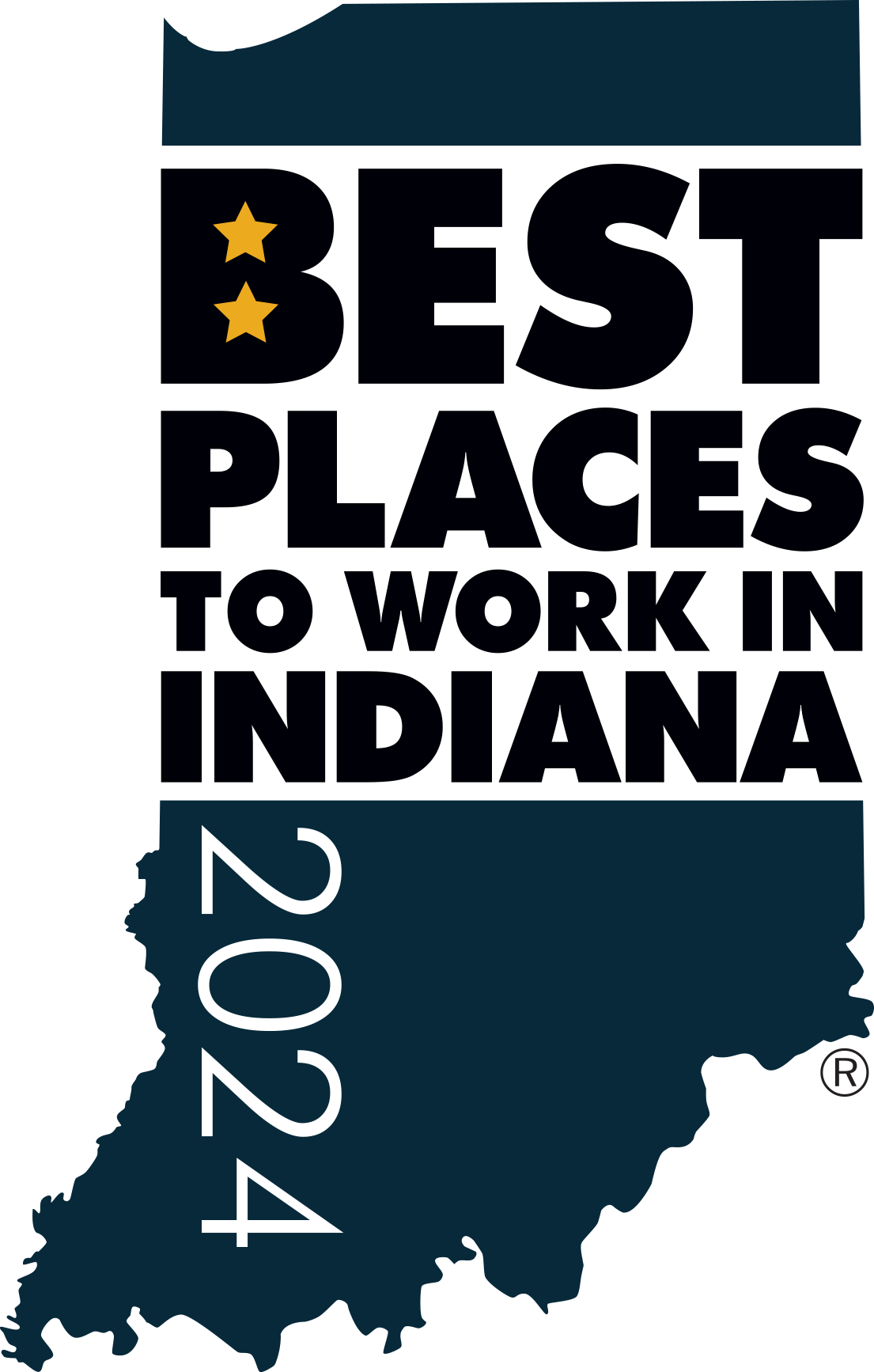CAE Perspectives on Retaining Talent
By Kent Burns, CPA
I continue to have solid dialogue with CAE’s all over the U.S. on hiring and retaining internal auditors. Last month, I focused on acquiring talent, sharing insights and best practices from eight world-class Chief Audit Executives. This month, we turn our focus to retention. Given that it’s so hard to hire good internal auditors – how do you keep them once you find them?
Environment and Flexibility
Work environment and flexibility are both critical to retaining internal auditors. Jeff Perkins, CAE at Transunion and member of the IIA’s Global Professional Development Committee, shared with me some of the very cool things his company has done to address both, making it hard for employees to leave, including his internal auditors. They recently gutted their downtown Chicago office to create a huge, open-concept with space for games and entertainment. The space features lots of sunlight, bright colors, and a coffee/TV viewing area on every floor. There are no individual offices; a variety of meeting rooms are available when privacy is needed. And, they are truly working in a paperless environment.
Perkins’ team can work two days a week from home – the deal is that he expects a little additional work done due to the added convenience and the commute time saved. He allows flexible start times and the option to work ten-hour days in the Summer that can be used in exchange for time off. There are no assigned desks, and employees operate with laptops and backpacks. And, if that’s not enough… to facilitate exercise and relaxation, there’s a ping-pong room, a pool table, foosball, x-box, treadmills and stationary bikes with work tops. The internal audit team makes it a priority to use the facilities daily as a place where they can have work dialogue and discuss issues while also engaging in fun activities.
Mission Focus
The new generation of internal auditors wants to identify with something bigger. Neal Golub, Chief Auditor at Movement Mortgage, says, “We’re here for a bigger purpose.” Close to 70 percent of their employees contribute to the Love Works fund, which acts as a source of financial support employees and their families in times of crisis. They also have reinvested over $25 million in communities all over the United States through the Movement Foundation.
Movement is based in Charlotte, where there are tons of banks. Golub points out, “We aren’t the highest payer” in the area. Yet his team is engaged and invested in the organizational mission. He says most of his team grew up Post-9/11 and “they just believe there is more to life.”
Give Them a Say
After enduring a run of high staff turnover, Tim Kenny, Senior Vice President and General Auditor at Freddie Mac, began reading and researching Millennials. A common theme jumped out at him: “Millennials want a say.” Soon after that realization, in a meeting with his senior leaders about stemming the turnover, he asked, “Why don’t we just make them responsible?” That turned out to be a pivotal question. What followed was the creation and selection of a Staff Advisory Council designed to provide a forum for discussion of ideas, concerns and, frankly, complaints. He charged the Council to provide the leadership team with their input on three things: 1) what should we stop doing; 2) what should we start doing; and 3) what should we change.
Kenny said that in time, the Council presented him with a “very lengthy list.” At that point, he says, the Council thought their work was finished. However, Kenny told them, “Oh no, you’re not done yet. You have joint and several responsibility for these items.” He instructed them to prioritize the list and come back with their Top 10, along with a business case for each. Soon, the Council came back with a business case for the first item. After doing some follow up research at Kenny’s request, he says, “We did it….and it shocked them. They didn’t think they could influence change within our own team like they did.” Kenny and Freddie Mac ultimately executed on nine of those original ten items.
The impact? Attrition in his internal audit group decreased by fifty percent over the next 12-18 months. Now they are focusing on how to sustain staff engagement.
Give them a say.
Challenge Them
Anders Land, Senior Vice President and Head of Internal at QBE North America is a big believer in using challenge and development to retain internal audit talent. He says, “I focus on the experience more than the (job) movement. I want to offer a diverse and challenging work environment, so that people feel like they are constantly learning…I realize that the world is changing very fast, so I try to make sure that people understand I continuously invest in people…we’ve created centers of excellence, and we up-skill people in areas like data analytics and other hot topics in the industry.”
Land believes that people naturally like to collaborate. As part of developing his one-year and three-year audit plan, he meets with his staff and gives them a chance to volunteer to work in areas they are interested in. He also is diligent in rotating people into new areas, juggling staffing combinations so that institutional knowledge can be leveraged while creating new challenges for his team. Additionally, he pushes his team hard to identify ways that internal audit can help drive their business forward.
The Bottom Line
Today’s internal auditors have the potential to be the most impactful the profession has ever seen. Will that impact be realized? The profession is changing; the people are changing. Creating the conditions to experience that impact won’t be easy. It is imperative that CAE’s are diligent in their efforts to retain talent. Internal auditors are a lot like customers. It’s a whole lot better to keep one than to be faced with finding a new one.

